History does matter. This statement must have been self-evident over the years, decades, and centuries past. It is inescapable. Far from being a ‘dull and boring’ subject, its depth excitingly connects things through time and encourages starters to take a long view of such connections for a better understanding of their chosen path.
Nursing in the Philippines has a deep and enigmatic history. This article illustrates the considerable weight and influence of nursing history while at the same time disclosing the challenges of applying the past to the present.
Table of Contents
- Early Beliefs & Practices
- Health Care During the Spanish Regime
- Nursing During the Philippine Revolution
- Hospitals and Nursing Schools
- Nursing during World War II
- In a glance
Early Beliefs & Practices
Two words—mysticism and superstitions. These were the early beliefs of health and illness in the Philippines. The cause of a disease was primarily believed to be due to either another person, whom which was an enemy, or a witch or evil spirits. In the early times, Filipinos were very cautious not to disturb other people or the evil spirits for the good of their health. These evil spirits could be driven away by persons with power to banish demons.Belief in special gods of healing, with the priest -physician (called “word doctors”) as intermediary. If they used leaves or roots, they were called herb doctors (“herbolarios”) Filipinos who became sick were usually cared for by the female family members or friends in the home.
Early Care of the Sick
The early Filipinos subscribed to superstitious belief and practices in relation to health and sickness. Herb men were called “herbicheros” meaning one who practiced witchcraft. Persons suffering from diseases without any identified cause were believed bewitched by “mangkukulam” or “manggagaway”. Difficult childbirth and some diseases (called “pamao”) were attributed to “nunos”. Midwives assisted in childbirth. During labor, the “mabuting hilot” (good midwife) was called in. If the birth became difficult, witches were supposed to be the cause. To disperse their influence, gunpowder were exploded from a bamboo cane close to the head of the sufferer.
Health Care During the Spanish Regime
The context of nursing has manifested through simple nutrition, wound care, and taking care of an ill member of the family. Certain practices when taking care of a sick individuals entails interventions from babaylan (priest physicians) or albularyo (herb doctor). In 1578, male nurses were acknowledged as Spanish Friars’ assistants for caring sick individuals in the hospital. These male nurses were referred as practicante or enfermero.
The religious orders exerted their efforts to care for the sick by building hospitals in different parts of the Philippines. The earliest hospitals were:
Hospital Real de Manila (1577) – it was established mainly to care for the Spanish king’s soldiers, but also admitted Spanish civilians; founded by Gov. Francisco de Sande.
San Lazaro Hospital (1578) – founded by Brother Juan Clemente and was administered for many years by the Hospitalliers of San Juan de Dios; built exclusively for patients with leprosy.
Hospital de Indios (1586) – established by the Franciscan Order; service was in general supported by alms and contributions from charitable persons.
Hospital de Aguas Santas (1590) – established in Laguna; near a medicinal spring, founded by Brother J. Bautista of the Franciscan Order.
San Juan de Dios Hospital (1596) – founded by the Brotherhood of Misericordia and administered by the Hospitaliers of San Juan de Dios; support was delivered from alms and rents; rendered general health service to the public.
Nursing During the Philippine Revolution
In the late 1890’s, the war between Philippines and Spain emerges which resulted to significant amount of casualties. With this, many women have assumed the role of nurses in order to assist the wounded soldiers. The emergence of Filipina nurses brought about the development of Philippines Red Cross.
Josephine Bracken — wife of Jose Rizal, installed a field hospital in an estate house in Tejeros. She provided nursing care to the wounded night and day.
Rosa Sevilla de Alvero — converted their house into quarters for the Filipino soldiers; during the Philippine-American War that broke out in 1899
Dona Hilaria de Aguinaldo — wife of Emilio Aguinaldo who organized that Filipino Red Cross under the inspiration of Mabini.
Dona Maria Agoncillo de Aguinaldo — second wife of Emilio Aguinaldo; provided nursing care to Filipino soldiers during the revolution, President of the Filipino Red Cross branch in Batangas.
Melchora Aquino a.k.a. “Tandang Sora” — nursed the wounded Filipino soldiers and gave them shelter and food.
Capitan Salome — a revolutionary leader in Nueva Ecija; provided nursing care to the wounded when not in combat.
Agueda Kahabagan — revolutionary leader in Laguna, also provided nursing services to her troops
Trinidad Tecson (“Ina ng Biak-na-Bato”) — stayed in the hospital at Biak na Bato to care for wounded soldiers
Hospitals and Nursing Schools
Americans began training the first Filipino nursing students in 1907. Nursing students in the Philippines studied many of the same subjects as nursing students in the U.S. However, it was believed that the curriculum in the Philippines “was never a mirror-image reproduction of the American nursing curriculum” and involved more than a simple transfer of knowledge from American nurses to Filipino nurses. The first Filipino nursing students also studied subjects that were more relevant to their patients, such as “the nursing of tropical diseases” and “industrial and living conditions in the islands,” as described by Lavinia L. Dock’s 1912 book A History of Nursing: From the Earliest Times to the Present Day with Special Reference to the Work of the Past Thirty Years.
Hospital School of Nursing’s Formal Training (1901 – 1911)
Formal training in hospital school of nursing transpire. This began when American missionary doctors and nurses realized that they manpower is insufficient. Thus it resulted to a decision of training Filipino nurses that would be catering to the hospitals that Americans established in the 20th century.
The first hospital in the Philippines which trained Filipino nurses in 1906 was Iloilo Mission Hospital, established by the Baptist Missionaries. When this health institution was built, there were no strict requirements for the applicants as long as they are all willing to work. This has been the beginning of development of more nursing schools in the country. In this period, Pensionado Act of 1903 (or Act 854) was mandated, allowing Filipino nursing student to study in United States. Among of the first wave of nurses who went to United States
Iloilo Mission Hospital School of Nursing (Iloilo City, 1906)
It was ran by the Baptist Foreign Mission Society of America. Miss Rose Nicolet, a graduate of New England Hospital for Women and Children in Boston, Massachusetts was the first superintendent for nurses. It moved from its present location to Jaro Road, Iloilo City in 1929. Miss Flora Ernst, an American nurse, took charge of the school in 1942. In April 1944 graduate nurses took the first Nurses Board Examination at the Iloilo Mission Hospital.
Saint Paul’s Hospital School of Nursing (Manila, 1907)
The hospital was established by the Archbishop of Manila, Jeremiah Harty under the supervision of the Sisters of St. Paul de Chartres located in Intramuros. It provided general hospital services. It opened its training school for nurses in 1908, with Mother Melanie as superintendent and Miss Chambers as Principal.
Philippine General Hospital School of Nursing (Manila, 1907)
PGH began in 1901 as a small dispensary for Civil officers and Employees in the City of Manila and later grew as a Civil Hospital. In 1906, Mary Coleman Masters, an educator advocated for the idea of training Filipino girls for the profession of nursing with the approval of Government officials, she first opened a dormitory for Girls enrolled at the Philippine Normal Hall and the University of the Philippines.
In 1907, with the support of Governor General Forbes and the Director of Health and among others, she opened classes in nursing under the Auspices of the Bureau of Education. Admission was based on an entrance examination. The applicant must have completed elementary education to the seventh grade. Julia Nichols and Charlotte Clayton taught the students nursing subjects. American physician also served as lecturers.
In 1910, the Act No. 1976 modified the organization of the school placing it under the supervision of the Department of Health. The Civil Hospital was abolished and the Philippine General Hospital was established.
St. Luke’s Hospital School of Nursing (Quezon City, 1907)
The hospital is an Episcopalian Institution. It began as a small dispensary in 1903. In 1907, the school opened with three girls admitted. These three girls had their first year in combined classes with the PGH School of Nursing and St. Paul’s Hospital School of Nursing. Miss Helen Hicks was the first principal. Mrs. Vitaliana Beltran was the first Filipino superintendent of nurses and Dr. Jose Fores was the first medical director of the hospital.
Mary Johnston Hospital and School of Nursing (Manila, 1907)
It started as a small dispensary on Calle Cervantes (now Avenida). It was called the Bethany Dispensary and funded by the Methodist Mission for the relief of suffering among women and children. In 1907, Sister Rebecca Parrish together with registered nurses Rose Dudley and Gertude Dreisbach, organized the Mary Johnston School of Nursing. The nurses’ training course began with three Filipino young girls fresh from elementary as their first students.
Philippine Christian Mission Institute Schools of Nursing
The United Christian Missionary Society of Indianapolis, Indiana- a Protestant organization of the disciples of Christ operated three schools of nursing.
Sallie Long Read Memorial Hospital School of Nursing (Laoag Ilocos Norte, 1903)
The Start of Nursing Practice (1911- 1921)
Promulgation of Act No. 2493 which amends Medical Law (Act No. 310) allowing the regulation of nursing practice transpired during this period. However, in 1919, the First True Nursing Law was enacted through Act 2808. During this period the Board Examiners for Nursing was also created. The first nursing board examination was given on 1920. The first executive officer of the Board Examiners for Nurses is a physicians.
Mary Chiles Hospital School of Nursing (Manila, 1911)
The hospital was established by Dr. WN Lemon in a small house on Azcarraga, Sampaloc, Manila. In 1913, Miss Mary Chiles of Montana donated a large sum of money with which the preset building at Gastambide was bought. The Tuason Annex was donated by Miss Esperanza Tuason, a Filipino Philanthropist.
Frank Dunn Memorial Hospital (Vigan Ilocos Sur, 1912)
San Juan de Dios Hospital School of Nursing (Manila, 1913)
In 1913, through the initiative of Dr. Benito Valdez, the board of inspectors and the executive board of the hospital passed a resolution to open school of nursing. The school has been run by the Daughters of Charity since then. Sister Taciana Tinanes was the first Directress of the School
Emmanuel Hospital School of Nursing (Capiz, 1913)
In 1913, the American Baptist Foreign Mission Society sent Dr. PH Lerrigo to Capiz for the purpose of opening a hospital. Miss Rose Nicolet assisted him. The school offered a 3-year training course for an annual fee of Php 100.00. Miss Clara Pedroso was the first principal
Southern Islands Hospital School of Nursing (Cebu, 1918)
The hospital was established in 1911 under the Bureau of Health. The school opened in 1918 with Anastacia Giron-Tupas as the organizer. Miss Visitacion Perez was the first principal
A Much Established Professional Organization: 1921 – 1931
During this period, the precursor to the accredited professional organization in the Philippines was created. The Filipino Nurses Association was established on October 15, and the organization initiated the publication of Filipino Nurse Journal. Later, this journal was changed to The Philippine Journal of Nursing. Amendment of certain sections of the Act 2008 was conducted in 1922 under Act 3025 passed by the 5th Legislature. This policy is entitled An Act Regulating the Practice of Nursing Profession in the Philippine Islands, which necessitates all nurses who are practicing the profession to register yearly. In 1929, the organization also became a member of the International Council of Nurses.
Through the 1930s, Philippine schools of nursing continued to adopt those aspects of American professional nursing they deemed relevant and appropriate, such as higher admission standards and the specialization of public health nursing.
Public Health Nursing Development: 1931 – 1941
In 1933, the nursing institution have increased their requirement. During this period, they have implemented that to enter nursing education an applicant must be able to complete secondary education. The first collegiate nursing graduates of the Philippines graduated from University of the Philippines School of Public Health Nursing in 1938.
Other Schools of Nursing
1. Zamboanga General Hospital School of Nursing (1921)
2. Chinese General Hospital School of Nursing (1921)
3. Baguio General Hospital School of Nursing (1923)
4. Manila Sanitarium Hospital and School of Nursing (1930)
5. St. Paul School of Nursing in Iloilo City (1946)
6. North General Hospital and School of Nursing (1946)
7. Siliman University School of Nursing (1947)
Nursing during World War II
With the occurrence of the largest and most violent armed conflict in the history of mankind, there was a re-emergence of nursing needs as well as new programs to entice women into training. In the US, the government empowered the women to contribute. In fact, more women worked outside of the home and as well as growth opportunities involving nurses multiplied.
While in the Philippines, World War II made public health nurses in Manila assigned to devastated areas to attend the sick and the wounded. A year after, thirty one nurses who were taken prisoners of war by the Japanese army and confined at the Bilibid Prison in Manila were released to the Director of the Bureau of Health. And just like in the US, a lot of public health nurses joined the guerillas or went to hide in the mountains during this time.
In 1946, post war records of Bureau of Health showed that there were 308 public health nurses and 38 supervisors compared to the pre-war 556 public health nurses and 38 supervisors. It was in the same year when the creation of the Nursing Office in the Department of Health was recommended by Mrs. Genera De Guzman, technical assistant in nursing of the DOH and the President of the Filipino Nurses Association.
The Degree of Bachelor of Science in Nursing: 1941 – 1951
A nursing curriculum which was based on the thesis presented by Julita V. Sotejo, graduate of the Philippine General Hospital School of Nursing, tackles on the development of a nursing education within a University-based College of Nursing. This dissertation was the beginning of nursing curriculum that have made the Nursing Institution of the country as a baccalaureate course. During this period, College of Nursing was also created.
When the Japanese occupied the Philippines in 1942, training and practice at the hospital schools of nursing in Manila was “violently disrupted.” However, U.S. colonial patterns in Philippine nursing education soon returned after the U.S. reclaimed the country in 1945 and even after the Philippines gained independence from the U.S. July 4, 1946.
The First Colleges of Nursing in the Philippines
University of Santo Tomas-College of Nursing (1946)
In its first year of existence, its enrollees were consisted of students from different school of nursing whose studied were interrupted by the war. In 1947, the Bureau of Private Schools permitted UST to grant the title Graduate Nurse to the 21 students who were of advanced standing from 1948 up to the present. The college has offered excellent education leading to a baccalaureate degree. Sor Taciana Trinanes was its first directress. Presently, Associate Professor Glenda A. Vargas, RN, MAN serves as its Dean.
Manila Central University-College of Nursing (1947)
The MCU Hospital first offered BSN and Doctor of Medicine degrees in 1947 and served as the clinical field for practice. Miss Consuelo Gimeno was its first principal. Presently, Professor Lina A. Salarda, RN, MAN, EdD serves as its Dean.
University of the Philippines Manila-College of Nursing (1948)
The idea of opening the college began in a conference between Miss Julita Sotejo and UP President. In April 1948, the University Council approved the curriculum, and the Board of Regents recognized the profession as having an equal standing as Medicine, Engineering etc. Miss Julita Sotejo was its first dean. Presently, Professor Josefina A. Tuason, RN, MAN, DrPh is once more reappointed as the Dean of UP Manila College of Nursing
Proliferation of Nurses as a Workforce: 1951 – 1971
The Philippine Nursing Law was approved under the Republic Act No. 877 on June 19 1953. Then further amendment was created in 1966 which limits that practice of among nurses 21 years old and above. The increasing number of nurses in the Philippines have also brought about the celebration of Nurses’ Week which was proclaimed by President Carlos P. Garcia under the Proclamation No. 539. The continuous of nurses had also resulted to the first round of migration, particularly in United States. In fact, between 1966 and 1985 about 25,000 Filipino nurses have migrated to United States.
Nursing Profession Development: 1971 – 2001
Regulation of the practice of health care providers, the Presidential Decree No. 223, was mandated which brought about the establishment of the agency, Professional Regulation Commission. During this period, the Philippine Nursing Act of 1991 was also amended under Republic Act No. 7164 which expanded nursing practice to other roles such as management, teaching, decision making, and leadership. The qualification of nurses or faculty’s in the academe was also updated to Master’s Degree in Nursing or equivalent. Another important event in Philippine Nursing history is the creation of Nursing Certification Council in 1999 under the Board of Nursing through Resolution No. 14 which supervise the new programs’ implementation conducted by Specialty Certification Boards. This improvement also prompted the start of Advanced Practice Nursing (APN) in the Philippines.
Further Changes in Nursing Law: 2001- to Present
During this period, the Philippine Nursing Act of 2002 was enacted under the Republic Act No. 9173 which entails changes on existing policies under Republic Act No. 7164. These changes underscore on the requirements for faculty and Dean of the Colleges of Nursing, as well as the conduct for Nursing Licensure Exam.
In a glance
College of Nursing
- UST College of Nursing – 1st College of Nursing in the Phils: 1877
- MCU College of Nursing – June 1947 (1st College who offered BSN – 4 year program)
- UP College of Nursing – June 1948
- FEU Institute of Nursing – June 1955
- UE College of Nursing – Oct 1958
1909
- 3 female graduated as “qualified medical-surgical nurses”
1919
- The 1st Nurses Law (Act#2808) was enacted regulating the practice of the nursing profession in the Philippines Islands. It also provided the holding of exam for the practice of nursing on the 2nd Monday of June and December of each year.
1920
- 1st board examination for nurses was conducted by the Board of Examiners, 93 candidates took the exam, 68 passed with the highest rating of 93.5%-Anna Dahlgren
- Theoretical exam was held at the UP Amphitheater of the College of Medicine and Surgery. Practical exam at the PGH Library.
1921
- Filipino Nurses Association was established (now PNA) as the National Organization Of Filipino Nurses
- PNA: 1st President – Rosario Delgado
- Founder – Anastacia Giron-Tupas
1953
- Republic Act 877, known as the “Nursing Practice Law” was approved.
Though it was not always considered as a profession, Nursing has already been existing for centuries. Its significance of today will definitely not be proven real if not because of its remarkable history. And now, the value of Nursing has stood the test of time and is becoming more visible in the eyes of many not only because of its past, but also due to its considerable contribution in the society.

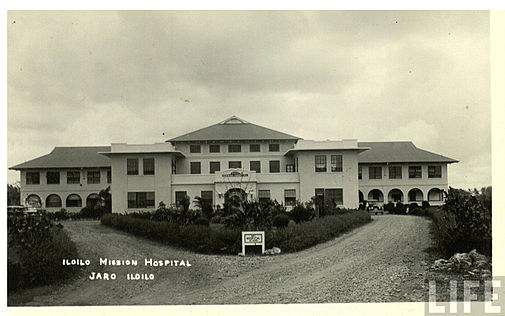
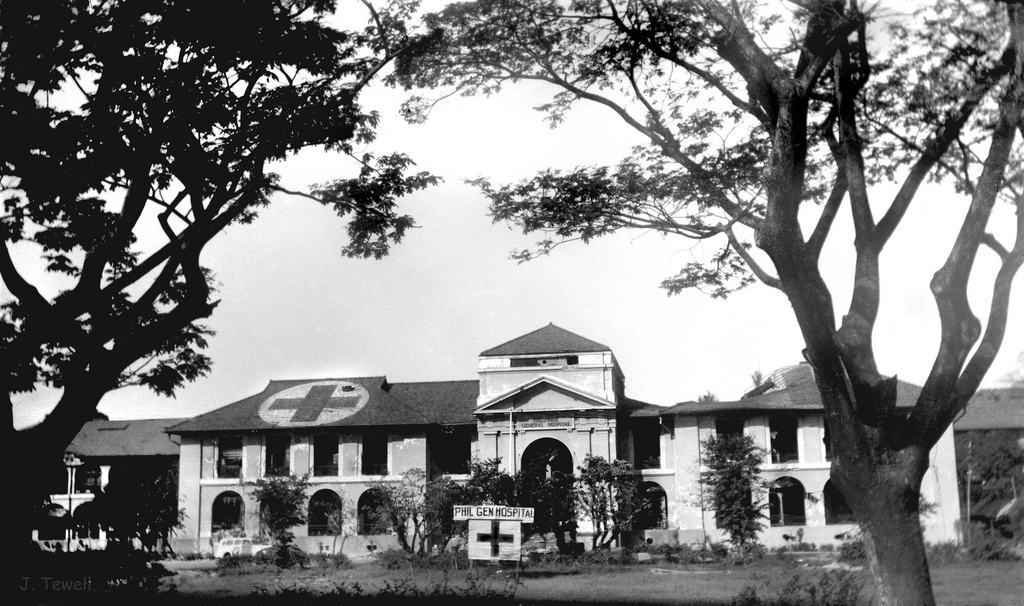
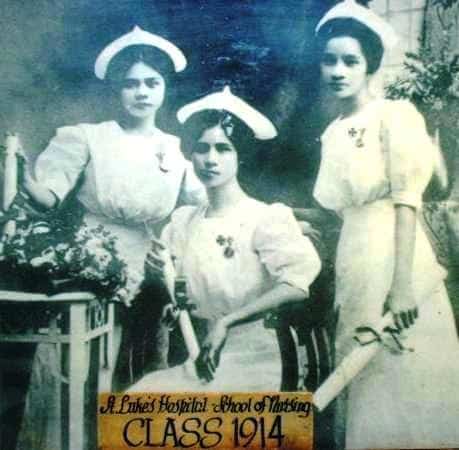




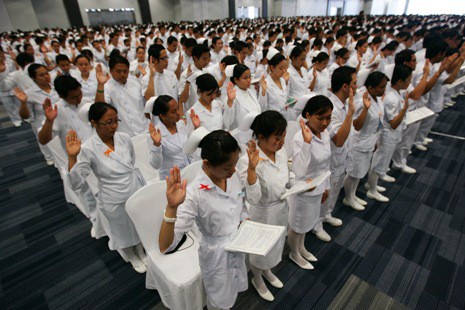
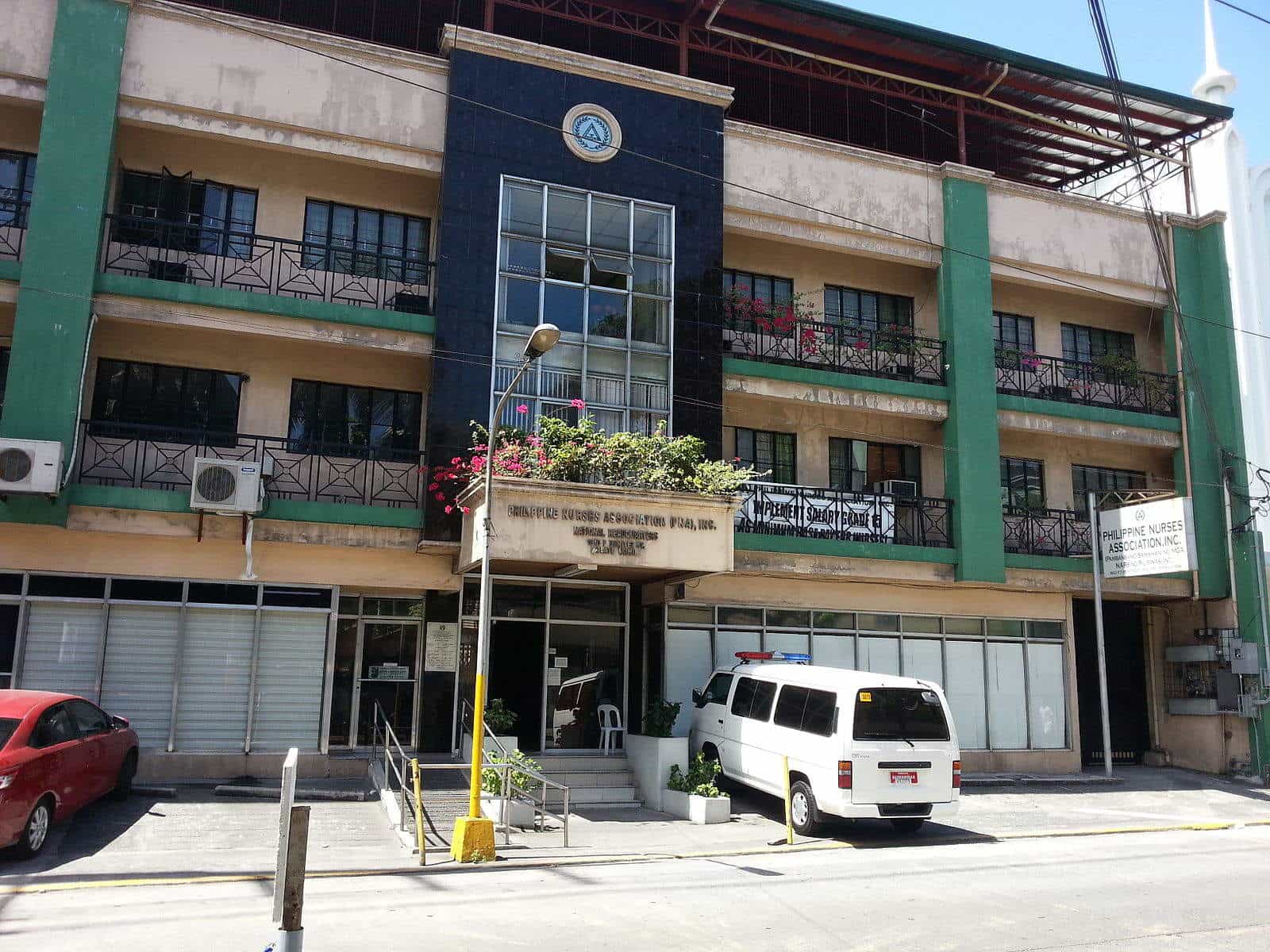
Hi Gil, the history is very informative. I finished my degree in 1980. We were the first graduate of a 4 year BSN program at CPU [ Iloilo Mission Hospital] Currently taking my masters at University of Toronto. I am the only Nurse in this group. The program is called Education Scholars Program. There are 17 of us in a variety of profession. Doctors, Pharmacist,Organisational developers. Our focus is education and educators of the present and future clinicians. I will be completing my research project on the clinical preparedness between RPN and RN program. I am hoping to help CPU Central Philippine University set up the Intra- professional program through faculty development.
Hello Meriam Amy!
Thank you for sharing your story. You are an inspiration to all nurses and aspiring nurses!
Your support for Nurseslabs certainly contributed to our success, and we want to thank you for that.
Good luck on your masters!
Hi Gil,
Congratulations on your article. Very informative. I graduated from FEU-IN, Class 1985. I’m just wondering if you can touch on the history of the Association of Deans of Philippine Colleges of Nursing Inc. (ADPCN) It’s website says they are celebrating its 60th anniversary this year in October so that would put their founding year in 1959. But its website’s past presidents started only in 1982- Dr Lydia Palaypay, incidentally our Dean in my time. So who were the previous officers of ADPCN before 1982? Anyway, I was just wondering. Perhaps in your free time, you can include this in your research.
Thank you and more power.
Ms. Amor Collera
Hello… My I inquire. We are currently on our Nursing Research in our 3rd year. May we ask for any information with regards to the history of Nursing Research during the 1990s? thank you.
hi, i am studying nursing in Turkey. I have an assignment about nursing in the philippines. Can you help me with nursing planning in the Philippines?
Hi, I’m aspiring to be a nurse. This is very informative thank you soo much!